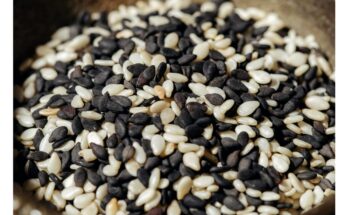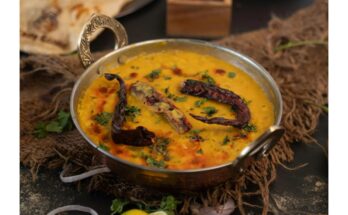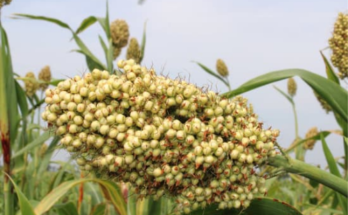The major cereals and millets consumed in India are rice, wheat (cereals), jowar, bajra, ragi (millets). In recent years, the production and consumption of maize has also increased. These grains are the main source of energy in Indian diets contributing as they do 70-80% of daily energy intake of majority of Indians. Since cereals/millets are the cheapest, widely available source of energy, their contribution to energy intake is the highest among the poor income families and it decreases with increasing income. Even with the highest income groups, cereals account for at least 50-60% of the energy intake. In view of the large intake, cereals are also an important source of several other nutrients in Indian diets: protein, calcium, iron and B-complex vitamins. Cereals contain 6-12% protein which is generally deficient in lysine and provides more than 50% of daily protein intake. Among cereals, rice protein is of better quality than the others. However, cereals when eaten with pulses, as is the common practice in India, the protein quality improves due to mutual supplementation between cereal and puise proteins, the former being deficient while the latter being rich in lysine.
Cereals are also source of some nutrients like Ca and Fe. Although they are not rich in these minerals, they contribute significantly due to fairly large amounts of cereals consumed daily. However,rice among the cereals is poorer in these two minerals, the content depending upon the extent of polishing. Hence, diets based predominantly on rice have lower Ca and Fe content. Ragi is rich in minerals, especially calciun. Millets including ragi are rich in minerals and fibre. Inclusion of some amount of millets in a diet will help in making up deficiency of some of these minerals in the diet and in providing bulk (fibre) to diet, especially the rice based ones. It must be pointed out that these millets are also rich in phytate and tannin and hence inter- fere with mineral availability. A balance has to be struck between the positive and negative aspects of nutritional quality of millets.
Cereals, particularly the whole grains, are an important source of B-vitamins in our diet. Since most of these vitamins reside in outer bran or polishing refining these grains (removal of bran) or polishing rice reduces B-vitamin content to different degrees depending upon the extent of refining and polish- ing. Highly polished rice has therefore very low level of B-vitamins. Parboiling which includes soaking in water and steaming of paddy results in seeping of vitamins present in outer layer into the grain. Hence milled and polished parboiled rice retains much of the vitamins. Same consideration apply to high extraction wheat flour (viz., maida) and pealed millets.
Cereals do not contain either vitamin A or vitamin C except that yellow maize and some varieties of sorghum contain small amounts of B-carotene.
Cereals are generally considered to have low fat content as determined by ether extraction, which represents only the free fat. Recent studies how- ever have shown that cereals contain much more fat, if the bound fat is also taken into account. The total fat including bound and free fat can be deter- mined by hydrolysis with HCI followed by chloroform methanol extraction. The total fat content thus determined in cereals may vary from 2 to 5 per 100 g. Considering the amount of cereals consumed, it is estimated that fat present in cereals in our diets can meet more than 50% of our essential fatty acid requirement. Cereals together with pulses can nearly meet the EFA requirement of an adult.




